The Graphic Arts Collection is fortunate to hold seventeen works by the American painter and muralist William Sommer (1867-1949). Born in Detroit, Sommer worked as a commercial lithographer in Boston and New York City before traveling to Munich to study painting. He and his wife returned to the Midwest and settled outside Cleveland.
William Sommer (1867-1949) Untitled [Two Horses Grazing], 1933. Watercolor on paper. Graphic Arts GC059 American Drawings and Paintings Collection
William Sommer (1867-1949) Untitled [Still life with blue picture and apples], no date. Oil on board. Gift of Joseph M. Erdelac. Graphic Arts GC059 American Drawings and Paintings Collection
The Ohio poet Hart Crane (1899-1932) left home for New York City at seventeen but returned periodically to visit family and friends. He frequented Richard Laukhoff’s bookstore in Cleveland, as did the painter Bill Sommer. When they met, Crane was twenty-two and Sommer was fifty-four but they found in each other a kindred spirit.
Crane wrote, “I have run across an artist here whose work seems to carry the most astonishing marks of genius. A man of 55 or so—works in a lithograph factory—spent most of his life until the last seven years in the rut of conventional forms—liberated suddenly by sparks from Gauguin, Van Gogh, Picasso—I have taken it upon myself to send out some of his work for publication…”
He sent a group of Sommer’s paintings and drawings to New York City, where William Carlos Williams purchased one and two others were published in The Dial. Later, Crane wrote a poem dedicated to Sommer entitled “Sunday Morning Apples” (1927), referring I believe, to the painting above.
The leaves will fall again sometime and fill
‘The fleece of nature with those purposes
That are your rich and faithful strength of line.
But now there are challenges to spring
In that ripe nude with head
reared
Into a realm of swords, her purple shadow
Bursting on the winter of the world
From whiteness that cries defiance to the snow.
A boy runs with a dog before the sun, straddling
Spontaneities that form their independent orbits,
Their own perennials of light
In the valley where you live
(called Brandywine).
I have seen the apples there that toss you secrets,-
Beloved apples of seasonable madness
That feed your inquiries with aerial wine.
Put them beside a pitcher with a knife,
And poise them full and ready for explosion-
The apples, Bill, the apples!
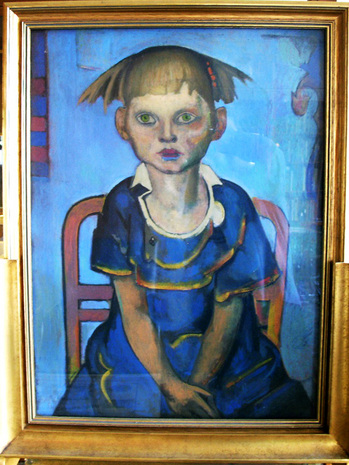
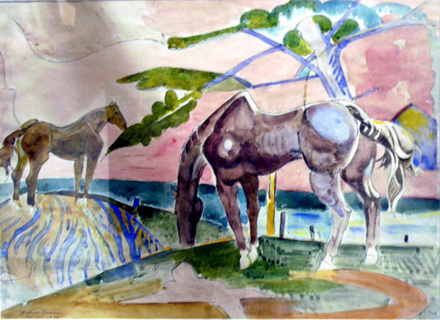
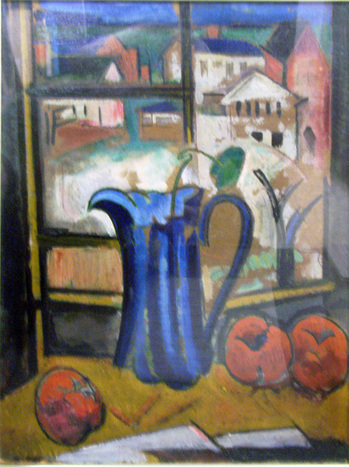
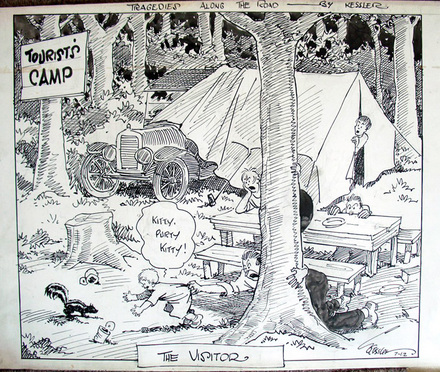

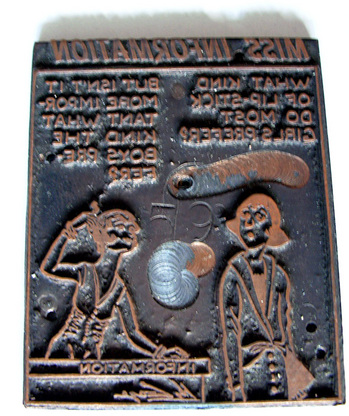

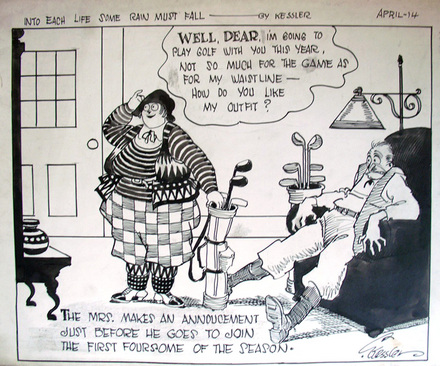
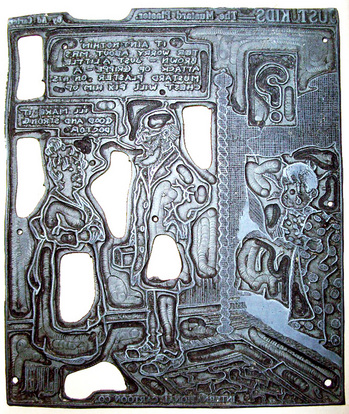
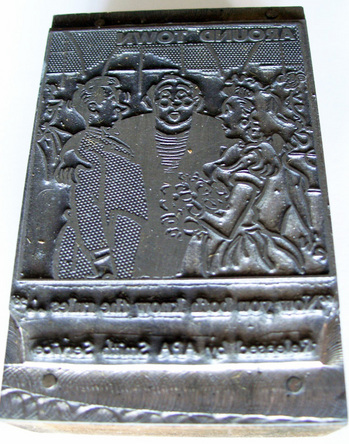
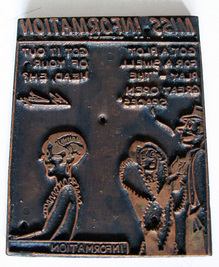



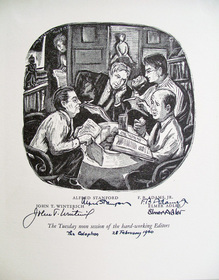

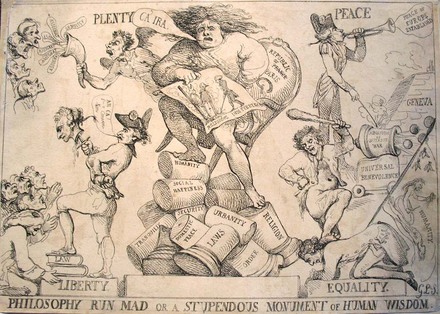
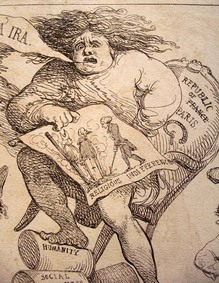
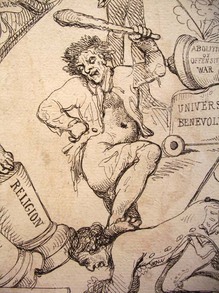
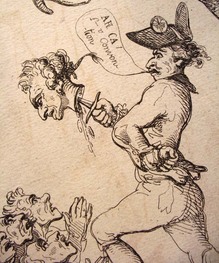
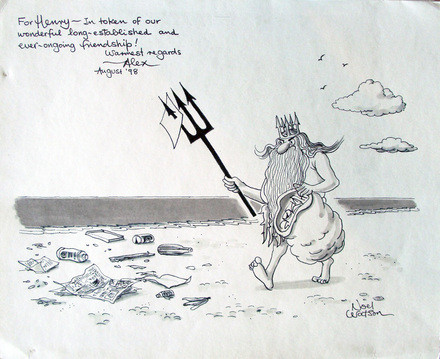
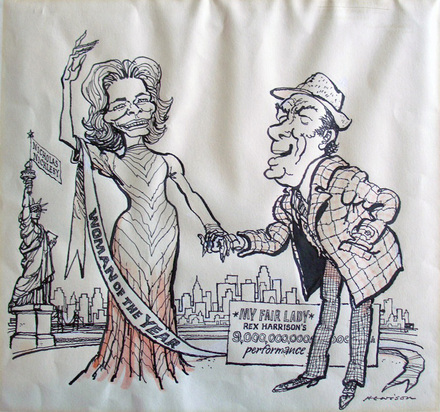

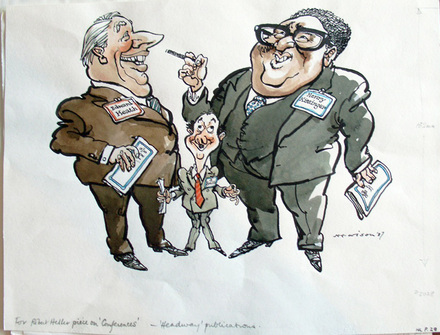
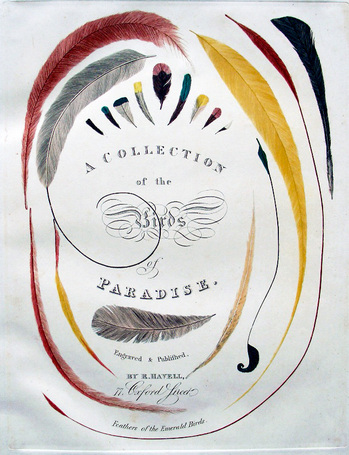

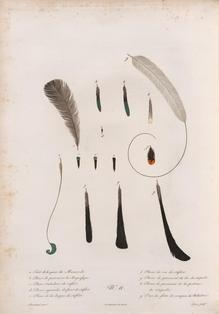
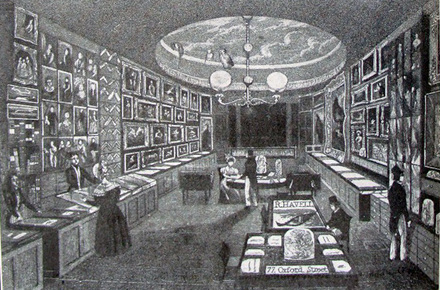
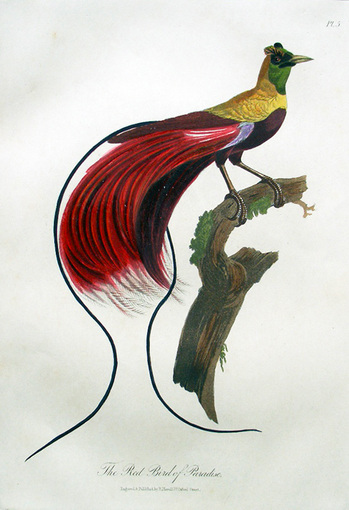
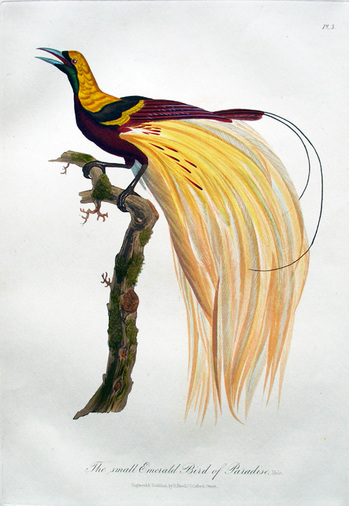


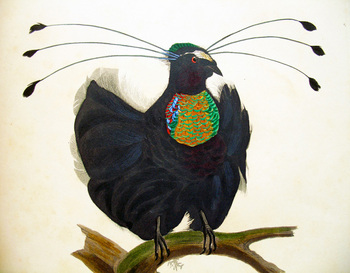


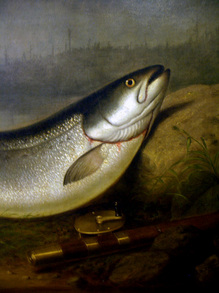
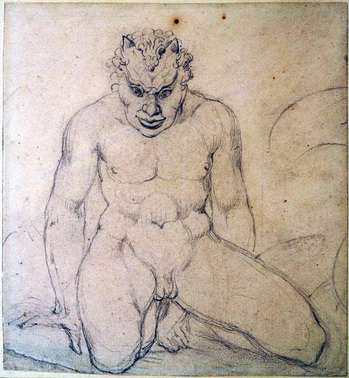
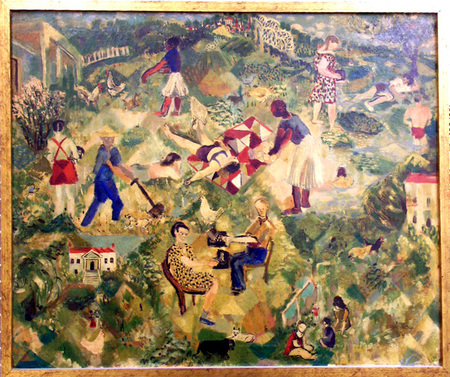
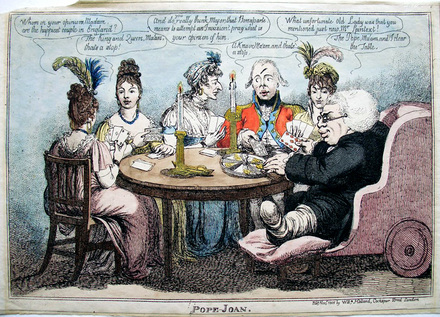
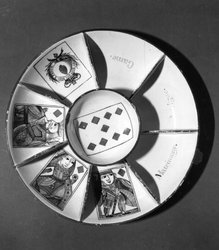
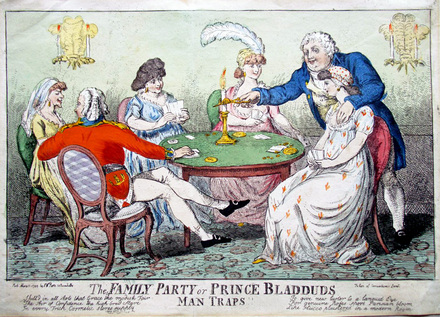
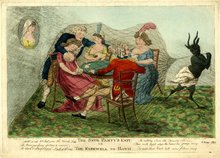

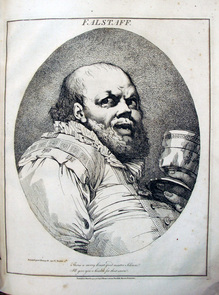
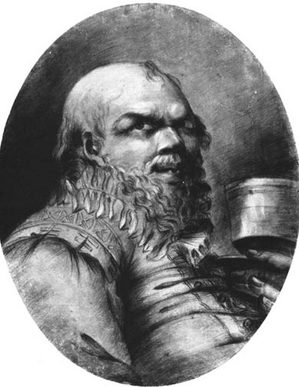
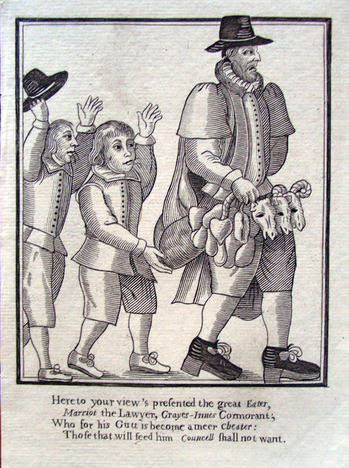
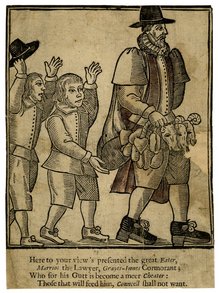

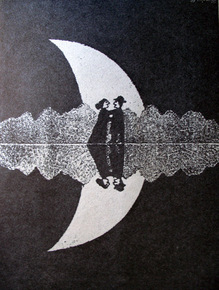

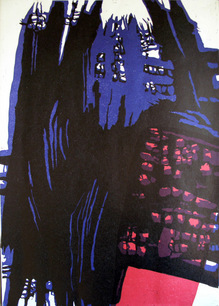
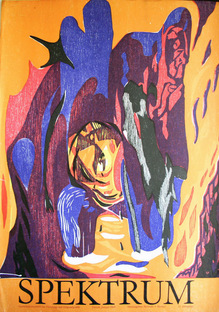
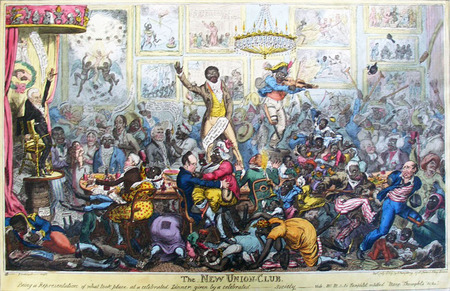

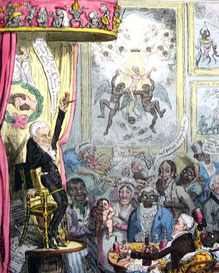
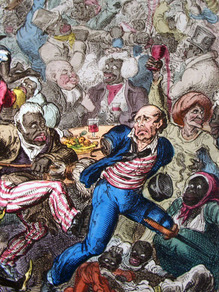
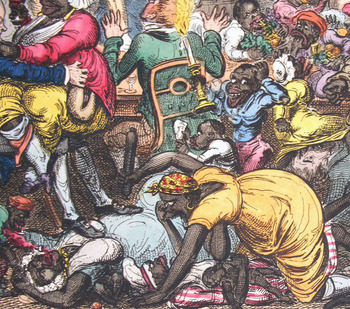

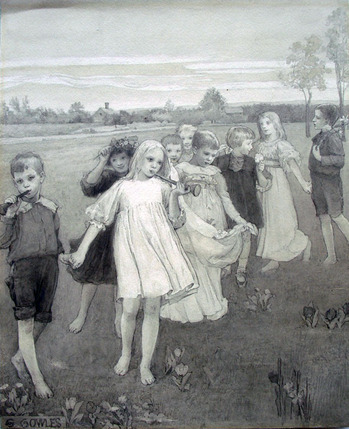

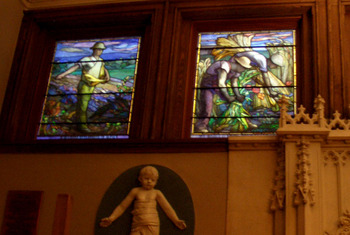
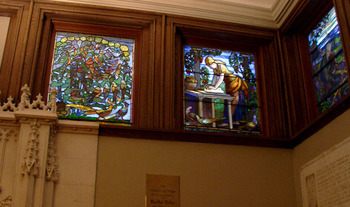
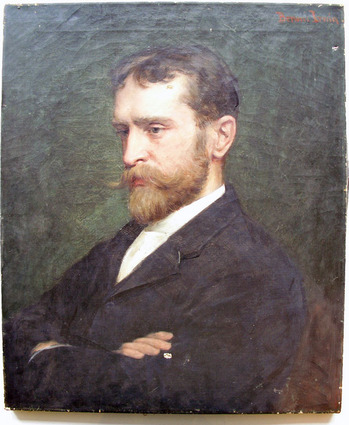

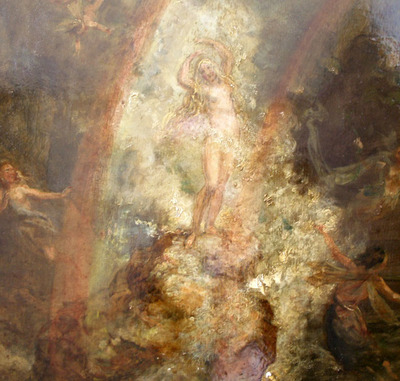
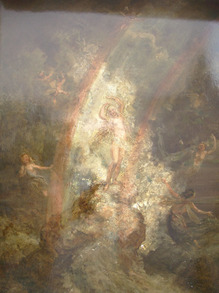
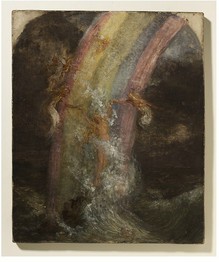
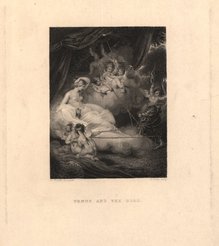
Recent Comments